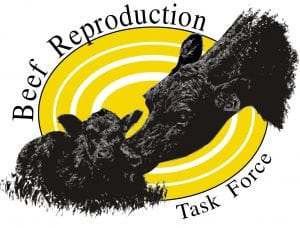Sandy Johnson, extension beef specialist, Colby
Producers know the importance of reproductive performance to the bottom line. Those who use artificial insemination (my type of AI) want to maximize the number of AI-sired calves. This raises the question: what are reasonable expectations for AI and season-long pregnancy rates? While industry-wide data on fertility is limited, several pieces of information shed light on this question. Continue reading “Striving for Improvements in Reproductive Performance”
 Over 200 cattlemen, industry representatives and academia interested in increasing the reproductive efficiency of beef cattle gathered at the Ruidoso Convention Center, Ruidoso, N.M., for the 2018 Applied Reproductive Strategies in Beef Cattle symposium Aug. 29-30.
Over 200 cattlemen, industry representatives and academia interested in increasing the reproductive efficiency of beef cattle gathered at the Ruidoso Convention Center, Ruidoso, N.M., for the 2018 Applied Reproductive Strategies in Beef Cattle symposium Aug. 29-30.